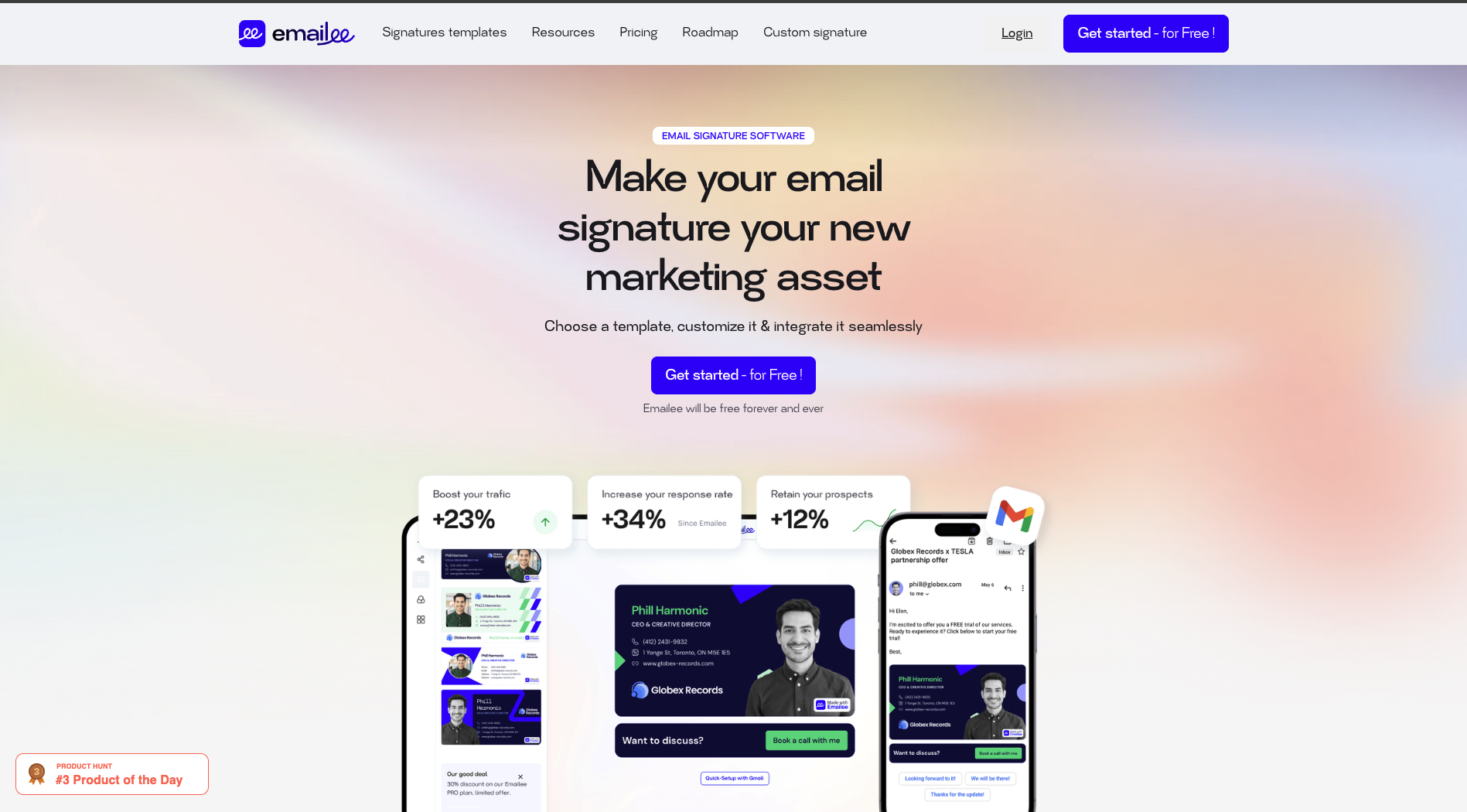Instead of constantly seeking more traffic, the goal is to maximize the conversion potential of visitors already on your website. Through advanced analytics and a data-driven approach, it’s now possible to pinpoint every obstacle that prevents users from taking action. From reassurance to the checkout funnel, nothing is left to chance — a conversion audit provides a full 360° view to uncover your website’s hidden potential.
What Is a CRO Audit?
A CRO audit refers to the systematic examination of all the elements that influence conversion on a website. Behind this technical term lies a simple goal: understanding why visitors aren’t completing the desired action — whether it’s making a purchase, signing up, or requesting a quote.
Unlike a simple UX audit, which focuses purely on user experience, a conversion audit combines both the emotional and rational dimensions of user behavior.
It’s also important to distinguish between an analytical audit, which focuses on raw data (Google Analytics, traffic, sources, funnels), and a CRO audit, which blends this data with a behavioral and emotional approach.
The goal remains clear: identify conversion blockers, uncover underused growth levers, and deliver concrete, measurable, and actionable recommendations.
Key objectives include:
- Detecting friction points within the conversion funnel
- Prioritizing key actions to quickly increase conversion rates
- Building optimization plans aligned with tangible KPIs
For any company striving for profitability, a CRO audit isn’t a luxury — it’s a prerequisite.
Why Conduct a CRO Audit?
There are many reasons to launch a CRO audit, but they all converge on one simple goal: achieve more (leads, sales, or interactions) with the same traffic volume.
Rather than investing heavily in acquiring new visitors, it’s far more cost-effective to optimize what already exists.
Identifying friction points in the user journey is therefore crucial.
By analyzing user behavior through tools such as heatmaps, session recordings, or Google Analytics, you can observe hesitations and drop-offs in real time.
In 2025, it’s not uncommon to discover that 60% of users abandon their cart due to a seemingly minor detail. Something as simple as a long form or a poorly placed button can cause conversion rates to plummet.
A CRO audit allows you to:
- Understand the real (not assumed) behavior of your visitors
- Detect technical issues or misconceptions in the user journey
- Evaluate the conversion funnel’s quality using key performance metrics
By combining data analytics with user feedback, many e-commerce brands have seen conversion increases of 20% to 40% after fixing just three or four strategic issues.
The CRO audit acts as a powerful accelerator, making every marketing action more efficient in the long run.
The Key Steps of a Complete CRO Audit

Implementing a CRO audit is far from a box-ticking exercise. A structured methodology, based on proven tools and both quantitative and qualitative analysis, ensures impactful results.
Let’s break down the essential steps.
Quantitative Analysis (Data, Analytics, Funnel)
The first step involves mapping out the user journey through detailed data analysis. Tools such as Google Analytics or GA4 help reveal where users drop off, which paths they take, and which pages show the highest bounce rates.
The funnel analysis details each step and highlights the biggest drop-off points.
Key insights include:
- Identifying pages with the lowest conversion rates
- Understanding which traffic sources perform best
- Evaluating navigation paths and session duration
At this stage, the precision of the numbers often uncovers surprising insights and already helps define early action priorities.
Qualitative Analysis (UX, Surveys, User Testing)
A CRO audit goes far beyond raw statistics. It’s essential to combine data with real user feedback — through user tests, targeted surveys, or direct observation using tools such as Hotjar or Smartlook.
This approach reveals the hidden pain points that traditional analytics might miss.
For example, a SaaS company might believe its checkout process is smooth, while in reality, users find it frustrating by the second step.
This stage includes:
- Collecting in-depth insights into user perceptions
- Recording sessions to detect hesitation gestures
- Comparing internal assumptions with actual behavior
This qualitative layer gives meaning to the numbers and provides a holistic view of the website.
Technical and Ergonomic Website Audit
No conversion audit would be complete without a technical review.
Website speed, mobile compatibility, accessibility, security, and overall ergonomics all come under scrutiny.
Even small issues — slow loading times, unclear navigation, or mobile bugs — can have a major impact on conversion.
Key checks include:
- Bug scanning and cross-browser/device compatibility
- Platform robustness (security, GDPR compliance, etc.)
- Clarity and visibility of call-to-action elements
This ensures that no hidden technical barrier is hindering the customer journey.
Synthesis and Optimization Recommendations
The final step involves consolidating all data and insights into a clear, actionable roadmap.
Each recommendation is prioritized based on its potential conversion impact and implementation difficulty.
Every action is paired with measurable KPIs to track progress.
A company working with ConvertLab, for example, can monitor every optimization step, visualize conversion improvements, and allocate resources strategically.
Deliverables include:
- A prioritized list of actions
- Success metrics for short, medium, and long term
This structured approach guarantees efficiency and prevents wasted effort.
The Essential Tools for a Successful Conversion Audit
The effectiveness of a CRO audit depends as much on the methodology as on the tools used. Over the years, several key solutions have proven their worth:
- Google Analytics / GA4 – to analyze traffic, funnels, and drop-off points
- Hotjar / Microsoft Clarity – to visualize user behavior via heatmaps, recordings, and in-page surveys
- AB Tasty, VWO, or Google Optimize – for A/B testing and validating optimization hypotheses
- Smartlook, Contentsquare – for UX-focused audits providing deep behavioral insights
Choosing the right toolset accelerates analysis, removes blind spots, and helps automate part of the observation process.
Common Mistakes During a CRO Audit
Several recurring mistakes can drastically limit an audit’s effectiveness:
- Focusing only on quantitative data while ignoring user perception and emotions
- Overlooking mobile experience, even though over half of purchases occur on smartphones
- Running A/B tests without clear hypotheses, making impact measurement impossible
- Failing to prioritize actions, resulting in scattered efforts and limited outcomes
A high-performing CRO audit requires a balanced view of data and behavior — and a pragmatic, structured roadmap.
How Much Does a CRO Audit Cost?
The cost of a CRO audit varies depending on its depth, the expertise of the team, and the website’s scale.
Average pricing (France):
- Freelancer (partial audit): €500 to €1,500
- Specialized agency (complete audit + follow-up): €2,000 to €8,000 depending on scope
- Free offer: ConvertLab provides a free initial audit to identify key priorities before any engagement — request yours here.
FAQ – CRO Audit
What are the direct benefits of a CRO audit?
A CRO audit quickly reveals your website’s weak points, increases your conversion rate, and helps you get more results from your existing traffic without increasing acquisition costs.
How long does a full conversion audit take?
Depending on the website’s size and analysis depth, ConvertLab delivers a complete CRO audit within 2 to 4 days.
What tools are required for an effective CRO audit?
Google Analytics for data, Hotjar or Clarity for heatmaps and recordings, and an A/B testing tool such as AB Tasty provide a solid foundation.
Should I run multiple CRO audits per year?
A conversion audit should be repeated after every major website redesign or significant user journey change. A quarterly review ensures your actions stay aligned with evolving user behavior.
Is a CRO audit suitable for small businesses?
Absolutely. Even with limited budgets, small businesses can benefit from CRO insights. ConvertLab’s free audit makes conversion optimization accessible to all companies, regardless of size or industry.
Key Takeaway – The CRO Audit: The Most Profitable Optimization Lever
Automating conversion improvement is no longer a dream — it’s a necessity.
A CRO audit is the ultimate ally for data-driven marketing teams, offering precise diagnostics and a tailored optimization roadmap.
Are you wondering where to act first?
Is your site’s conversion rate stagnating despite solid traffic?
Get your free CRO audit with ConvertLab today to uncover your hidden growth levers.
Each visitor becomes an opportunity for conversion — and each optimization brings you closer to your goals.












